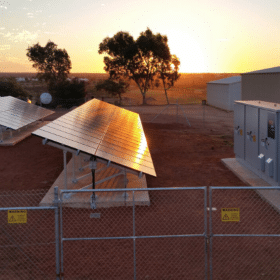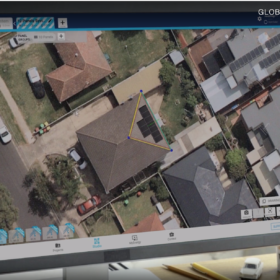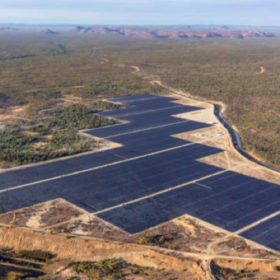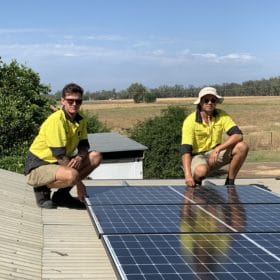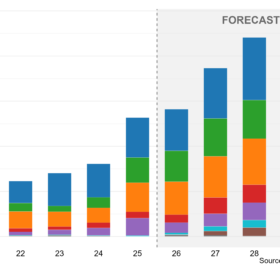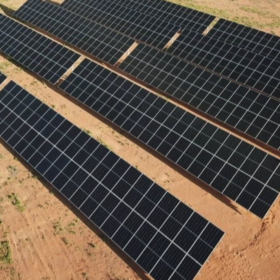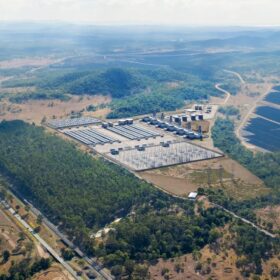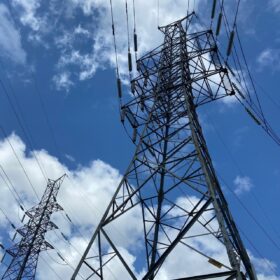EV battery integration to be streamlined in partnership between cell casing company and aerospace manufacturer
Australian battery casing company, Vaulta, has signed a memorandum of understanding with Quickstep, an Australian aerospace composites manufacturer, to develop smarter technology for renewables. The partnership will likely explore integrating battery casing technology that reduces the number of parts needed to house the batteries in electric vehicles.
New joint venture solidifies WA as standalone power system leader coinciding with launch of nimble Gen 2 solution
Western Australia’s government-owned utility Horizon Power and electrical engineering company Ampcontrol have today announced their joint venture Boundary Power, supercharging the state’s standalone power system rollout and broader industry. To mark the occasion, Boundary Power has also unveiled its new, modular SPS Gen 2 and announced a $10 million deployment of another 45 off-grid systems across the state.
Atco firming to build 325 MW pumped hydro project in NSW
Canadian behemoth Atco has purchased the rights to develop the 325 MW Central West Pumped Storage Hydro Project in Central West New South Wales and credits the investment to policy certainty from the NSW Government. As a significant firming agent the project is ideally placed in the state’s proposed Central West-Orana Renewable Energy Zone
Tesla sharpens focus on solar
In an earnings call this week, Tesla CEO Elon Musk boldly claimed that the company will soon be “the market leader in solar.”
OpenSolar adds Plenti to its powerful PV sales toolkit
OpenSolar’s latest capability makes unsecured loans from a reputable fintech accessible to consumers, and frees solar sales reps to focus on the main game.
Victorian Government aims to claim the world’s first carbon-neutral dairy farm
Herd nutrition, pasture management and solar PV will be the main enablers of net-zero carbon emissions at Ellinbank Smart Farm in Victoria’s dairy country.
New data: Sunny outlook modified, and coal as Australia’s transition fuel?
The latest GSD — Generator Statistical Digest 2020 — released today by Global-Roam and Greenview Strategic Consulting, shows the value of understanding what’s really happening in the energy market compared to even educated industry assumptions, predictions and aspirations.
Community solar is fighting the good fight against gas fields in NSW’s Northwest
Of the myriad tensions upon the energy transition to renewables it is perhaps the ability of solar and energy storage to be distributed among the people that has threatened the powers that be most overtly. And so, in NSW’s northwest where the federal government has pushed through Santos’s Narrabri coal seam gas project, perhaps it is community green energy non-profit Geni.Energy that is best able to show just how unnecessary such a project is.
US alternative investment fund backs Social Energy for rapid Australian expansion
UK-based Social Energy launched in Australia with the help of shareholder Shane Warne back in 2019. Now the smart energy firm is being backed with a significant investment from US-based alternative investment fund manager CarVal Investors in order for the company to rapidly grow Down Under.
Victoria’s first ‘solar sponge’ community battery network to be developed
In what is believed to be a Victorian first, CitiPower and Yarra Energy Foundation will parter to create a community battery network in the Melbourne CBD and inner-city suburbs.

